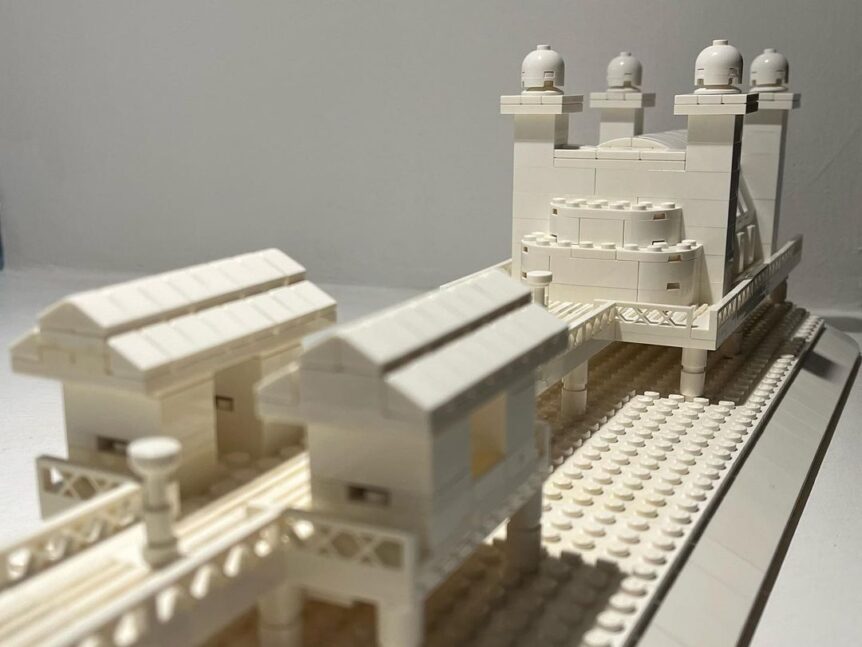
From Childhood Play to Architectural Marvels- Mini Brick Architecture’s LEGO Masterpieces
I am sure we all remember playing with LEGO as kids, and even as adults it can be really fun to pull out the old sets and get building. But some are taking LEGO building to a whole level. They have already captured the likeness of Penarth Pier Pavilion, Wales Millennium Centre, Ribbons Preschool, the Penarth’s Royal Buildings, Dinas Powys Village Hall, Cardiff City Stadium and Willmore’s 1938. We spoke to the founder of Mini Brick Architecture, who is showing off their hidden talent in creating some truly incredible pieces completely out of LEGO!
The creator behind these models, known by the pseudonym Mini Brick Architecture, reflects on the start of their remarkable journey. Similar to countless individuals, Mini Brick Architecture cherished LEGO as a child. However, their passion lay dormant for two decades until the first COVID-19 lockdown, which rekindled their creative spirit and provided solace. Much like many others seeking a creative and productive outlet during those challenging times, Mini Brick Architecture delved into the world of LEGO building, and eve as restrictions eased, they carried on building.
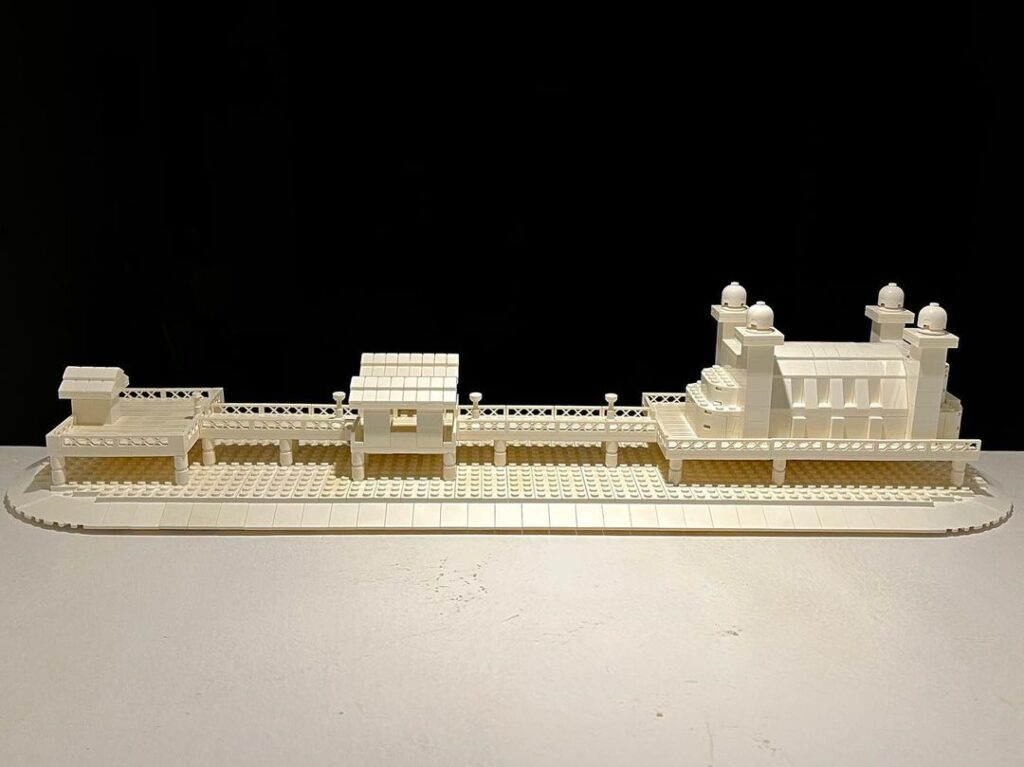
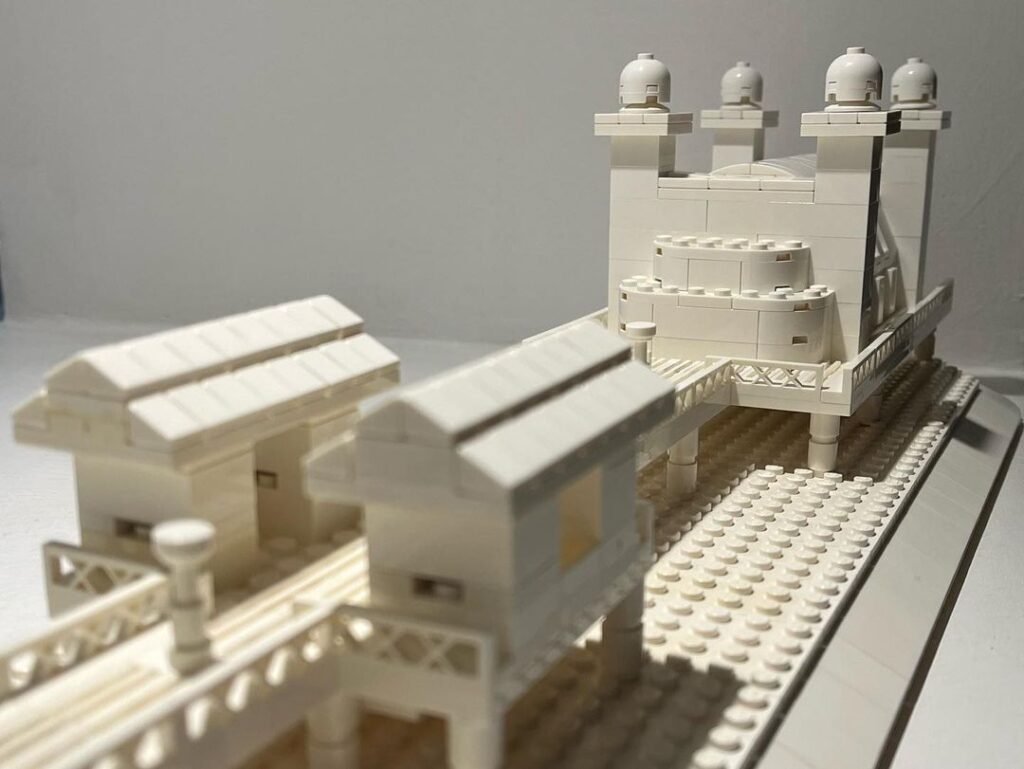
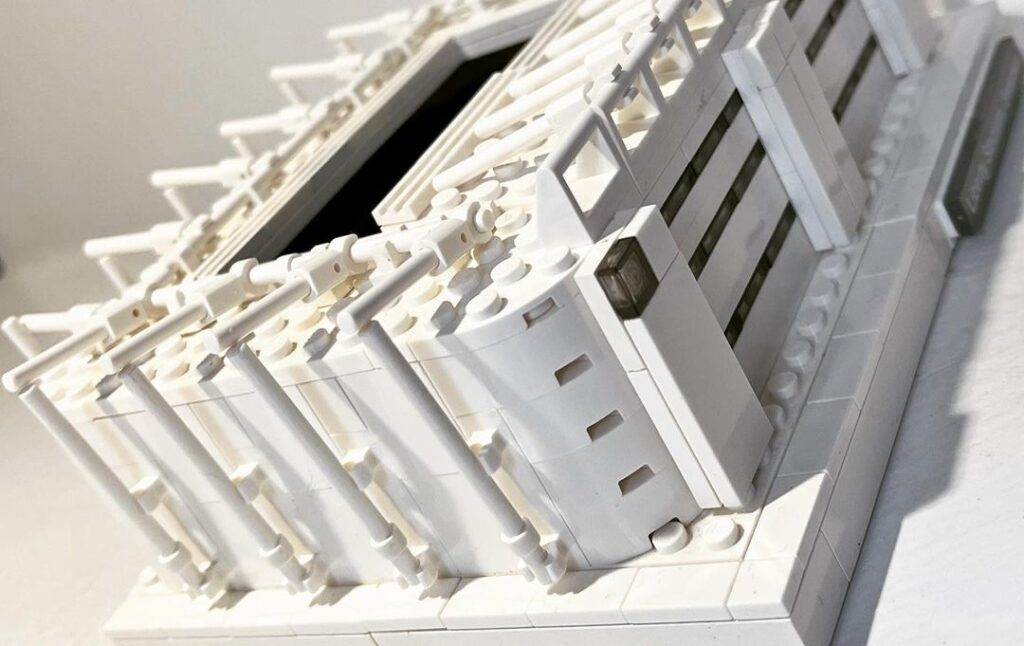

Of LEGO’s own models their favourite would have to be Falling Water. It was the hoe of the famous architect Frank Lloyd Wright and is part of the Lego Architecture series. “I’m lucky enough to be the owner of one of these models, and I’m amazed that the models I’m creating do not look out of place when they sit next to it.”
Their portfolio of builds is impressive, and is growing fast, and some have even been put on display by businesses. “I’ve created several versions of the Penarth Pier model, but the all-white version currently on display at Penarth Pier Pavilion is a favourite of mine.”
These model aren’t just a likeness, they are incredibly detailed copies of the original buildings. “I was approached by someone who wanted a version of the Lord’s cricket ground pavilion. That could easily have been too big when built, and the finished model is a great example of trying to pack in as much as possible on a smaller scale.”
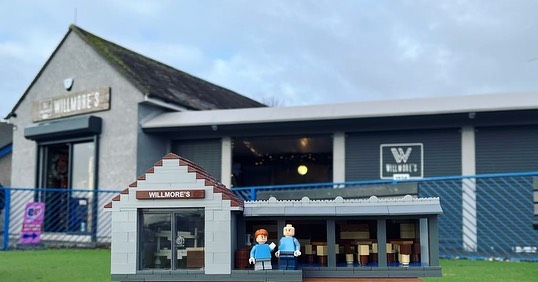
Mini Brick Architecture’s builds captivate not only with their scale but also through the inclusion of quirky details that bring life to the models. In the case of Willmore’s 1938, miniature representations of the owners, Matt and Charlotte, can be seen in the model, while another creation featuring a Penarth home even includes the owners’ beloved terrier as part of the design.
And when talking about the process behind their builds, we were surprised by just how long it can take. “Concepts and inspirations come in a variety of ways. Seeing a building somewhere, either in reality or via social media, and wondering if it will translate into a LEGO model is usually the start. From idea to finished build, it can take anything from two weeks to six months. Builds can often go through multiple full or partial rebuilds before they become finished.”
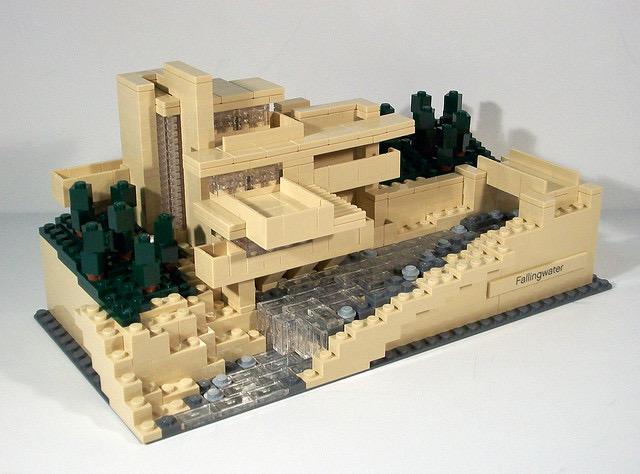
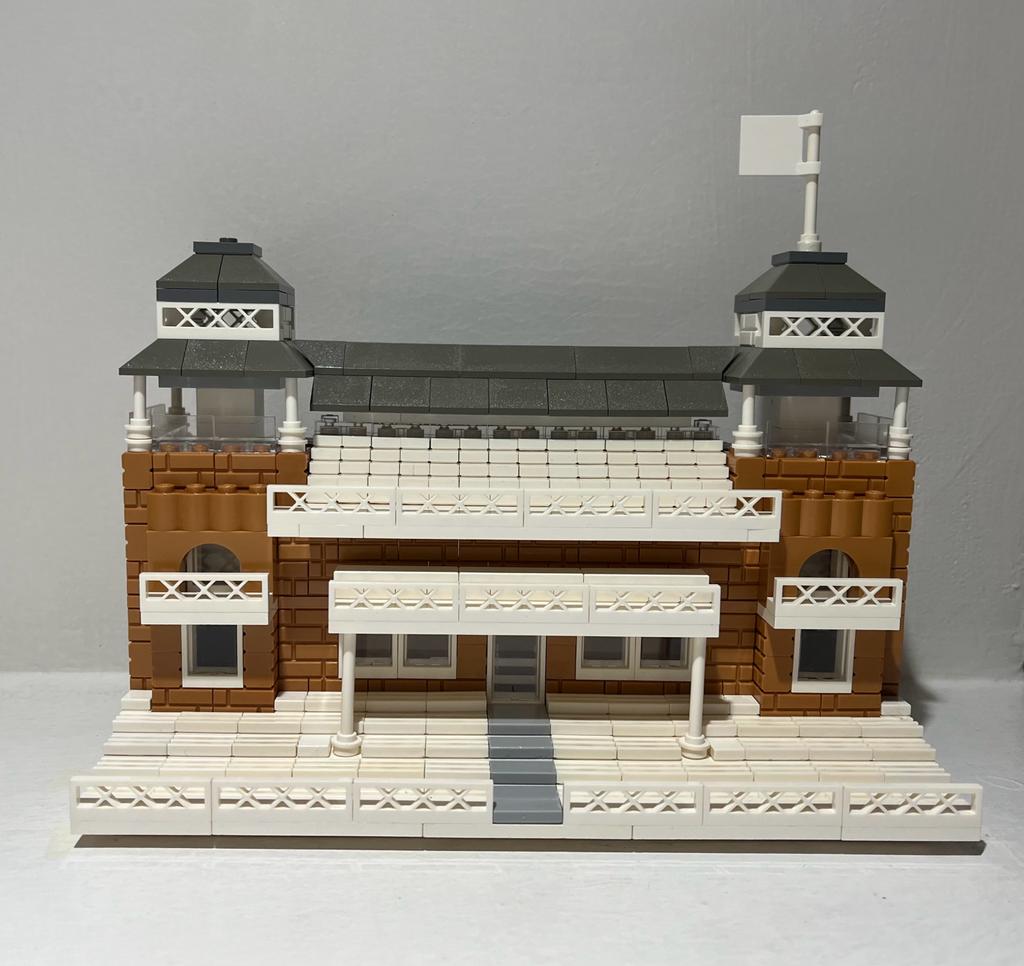

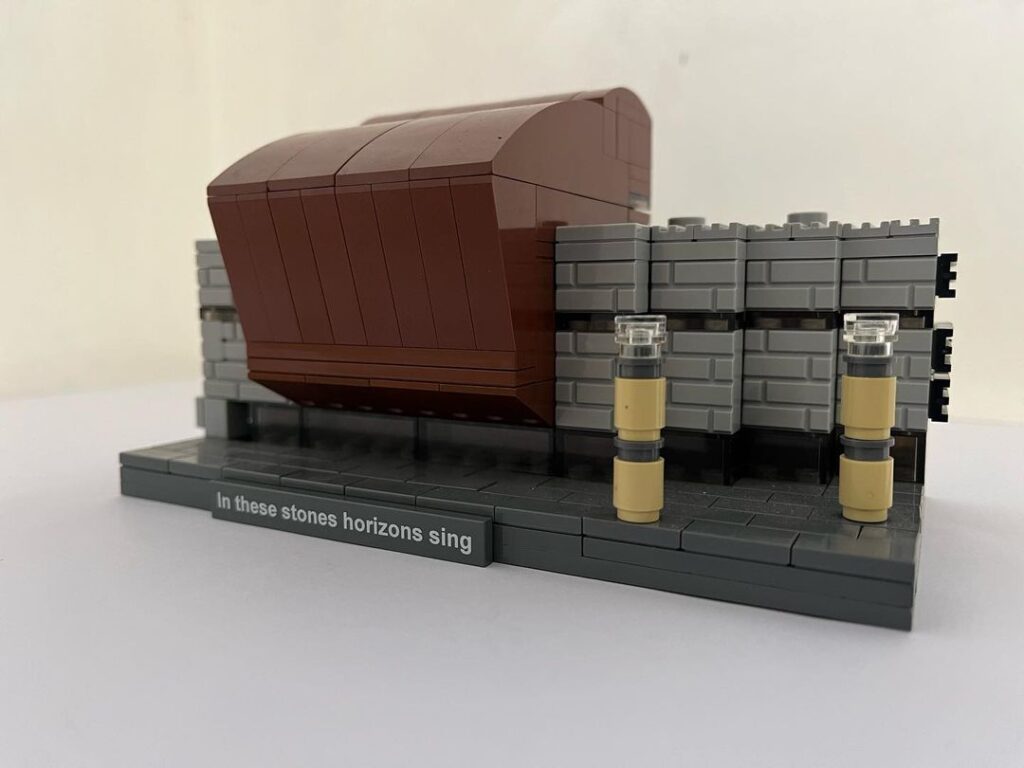
But these builds are not without their challenges, even the most simple act of getting the right blocks can be a struggle: “LEGO don’t make every part needed! And not in ever colour. Doors and windows can be very limited. The builds are representations rather than exact replicas and draw on a few key features. Some buildings translate amazingly well, while others, sadly, can’t be replicated suitably.”
Scouring through the vast LEGO catalogue to find just the perfect brick can take a long time. And on many occasions, building blocks will be second- hand, rather than new. This quality
is testament to LEGO’s longevity and sustainability. “Whilst Lego is a plastic product, its constant use and re-use makes it different from a single-use product.”
Despite the challenges and the months of building, Mini Brick Architecture continues to create stunning, unbelievably detailed creations that continue to wow clients again and again.








